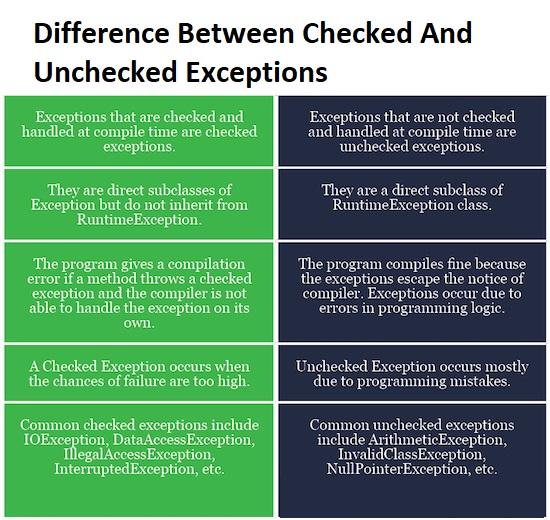What is Java?
Java is a platform independent, case sensitive language which is used to create secure and robust applications. It was developed by James Gosling in 1991. Apart from having a C like notation, it was much easier, uniform and simple than C/C++. The first version of Java was released by Sun Microsystems in 1995. It works on a "Write Once Run Anywhere" platform. Java is open source software. The J2 versions of Java were renamed as Java SE, Java EE, and Java ME. Java is an object-oriented programming language. Java is a combination of the features of C and C++. It has inherited its features from C and object-oriented programming feature from C++.


